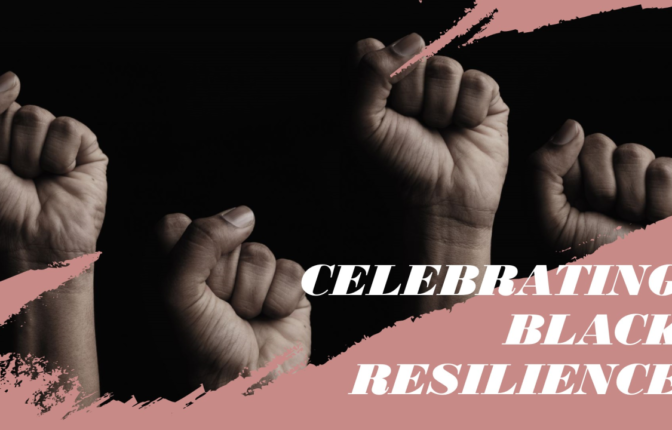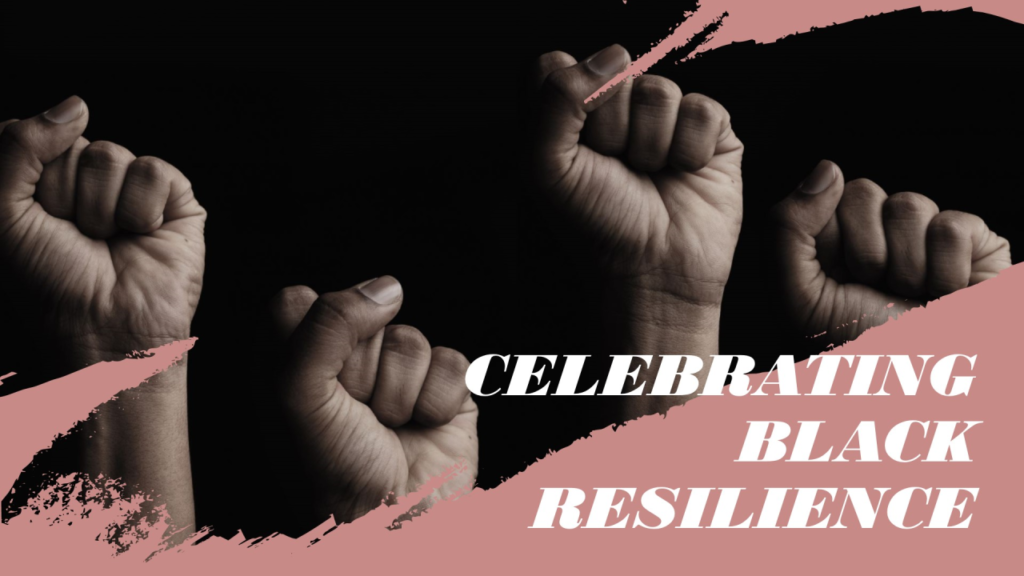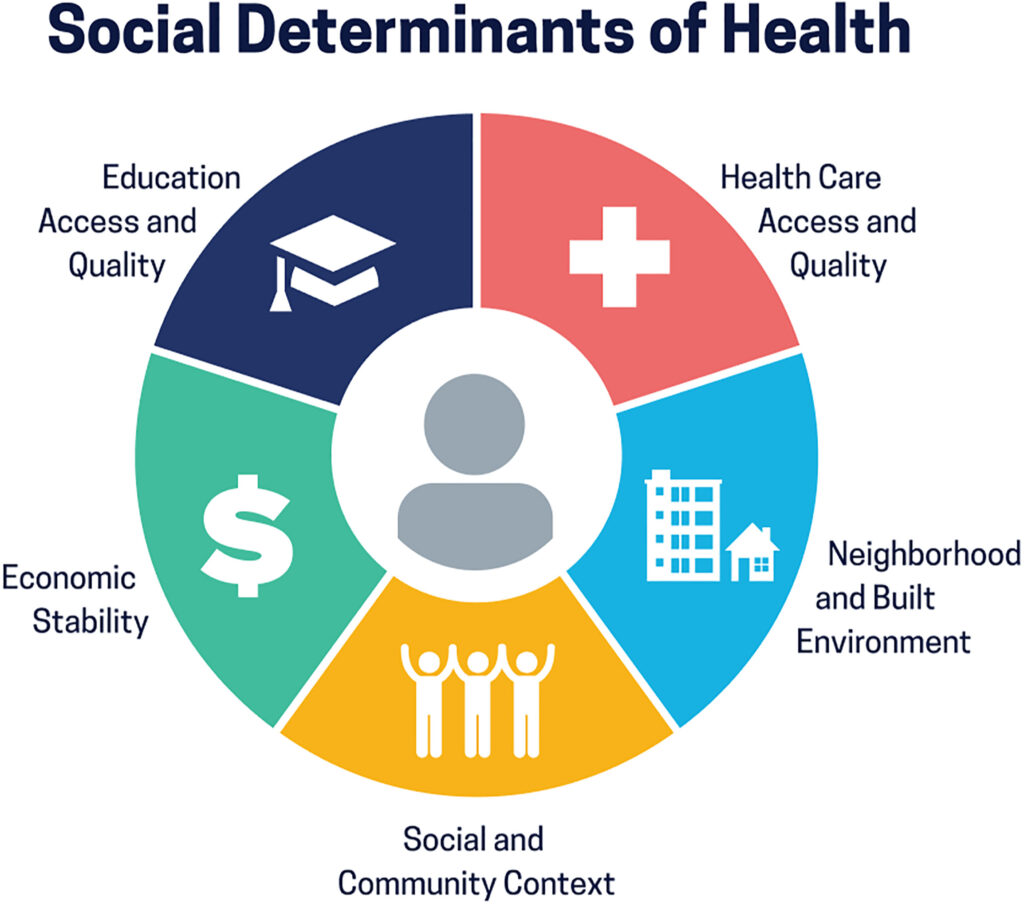Despite the experience of Black Canadians in navigating different aspects of systemic
racism, this population has demonstrated remarkable resilience. While the literature exhibits
some disagreement about the meaning of resilience, this current study defines resilience as
positive adaptation to adversity (Luthar, 2006). Statistics Canada (2020) found that when
experiencing adversity, Black people display exceptional perseverance. In comparison to 33% of
the general Canadian population, approximately 44% of Black Canadians reported the ability to
recover after facing difficult conditions or experiences. Moreover, 65% of Black Canadians,
compared to 48% of the general Canadian population, demonstrated learning from negative
experiences, which helped them to make sense of the experience. Statistics Canada (2020) also
reported that in comparison to White individuals, Black Canadians demonstrated a higher
likelihood of continuing their normal life routines after difficult experiences.
To better understand the resilience of Black Canadians, Ungar (2011) developed the
socioecological model of resilience, which provides a comprehensive framework for
conceptualizing the way in which Black Canadians navigate and overcome adversity. Ungar
argued that four principles facilitate the understanding of resilience: decentrality, complexity,
atypicality, and cultural relativity. The first principle, decentrality, transfers the responsibility for
positive adaptation from individuals to social ecologies, such as families and communities.
Complexity examines the multiple pathways that can foster resilience in an individual. Since the
various pathways differ among individuals, the concept of atypicality considers the manifestation
of pathways in unconventional ways that define a person’s relationship with their ecology.
Lastly, the fourth principle, cultural relativity, emphasizes the way in which cultural components
such as beliefs, values, and customs shape an individual’s understanding of meaningful resources
and support systems, thus influencing their resilience mechanisms. Based on these four
principles, Ungar (2011) hypothesized that resilience constitutes a complex process between
individuals and social ecologies. This process influences individuals to utilize opportunities and
resources that exist within their own capabilities as well as their social systems to demonstrate
resilience. Ungar’s model explains the resilience of Black Canadians by showing how the role of
racial identity and self-esteem constitute a resource present in Black individuals as well as
highlighting the role of community as an external resource. Since many Black communities have
collectivist roots, the role of community is an especially important aspect of understanding
resilience.
Racial Identity and Self-Esteem as Catalysts for Resilience in the Black Community
Lee and Ahn (2013) examined racial identity as a reason for the increased resilience of
Black Canadians. Racial identity involves an individual’s identification with other people who
have been socialized as belonging to a particular racial group. This concept also includes an
association with others of the same ethnic group, which contains shared cultural values and
beliefs (Helms, 1993; Phinney, 1996). Lea and Ahn (2013) found that Black individuals report
higher levels of racial identity, which serves as a protective factor against the negative
consequences of racism and discrimination. Moreover, Liu et al. (2021) examined the influence
of self-esteem on resiliency in early adolescence. These authors, who defined self-esteem as the
feeling of self-satisfaction and self-worth, reported that self-esteem positively predicted
resilience. When studying the self-esteem of Black populations, researchers have consistently
found that the Black community, in comparison to the rest of the population, generally scores
higher in self-esteem, providing a foundation for navigating and overcoming the challenges
posed by systemic racism and discrimination (Bachman et al., 2011; Gray-Little & Hafdahl,
2000; Twenge & Crocker, 2000).
One reason that the Black community experiences higher self-esteem arises from the
different social supports involved in the lives of Black people, such as family members, extended
family, community, churches, and neighbours. These resources all provide valuable insights and
lessons as well as promote individual protective mechanisms and support for the Black
community (Belgrave & Allison, 2010). Furthermore, the Black community has endured a long
history of victimization, such as slavery, which created what Vollhardt (2020) calls collective
victimhood. Collective victimhood refers to the subjective experience of collective victimization,
including a sense of awareness about the victimization as well as the various ways in which
individuals construe, interpret, and understand the collective harm and oppression that they
experienced (Vollhardt, 2020). Using a similar definition, Muldoon et al. (2020) found that
although membership in a victimized group can cause trauma and negative experiences, this
status can also promote psychological resilience by providing access to social support within the
group. Other researchers found that in different racial groups, such as Indigenous membership in
a victimized group enhanced individuals’ abilities to cope with adversities, especially with the
help of one own’s community. In addition, this status fostered resilience due to the collective
experience of overcoming historical and systemic challenges (Cloud Ramirez & Hammack,
2014; Hatala et al., 2016; Wexler, 2014).
Unveiling the Strengths and Resilience of High-Achieving Black Individuals
Despite the potential importance of resilience and strengths in promoting positive
outcomes for Black individuals during adversity, very limited research has addressed this topic.
However, a few studies highlight the natural resilience and strength of the Black community,
providing important information about some elements that encourage Black people to succeed.
The authors of these studies all highlight the importance of connecting with other Black
individuals and communities, especially in environments dominated by White people. Other
factors that encourage high achievement among Black individuals include higher levels of racial
identity, greater community engagement, and positive mentorship or role modelling (Harper,
2005; Marsh et al., 2012; & Warde, 2008).





